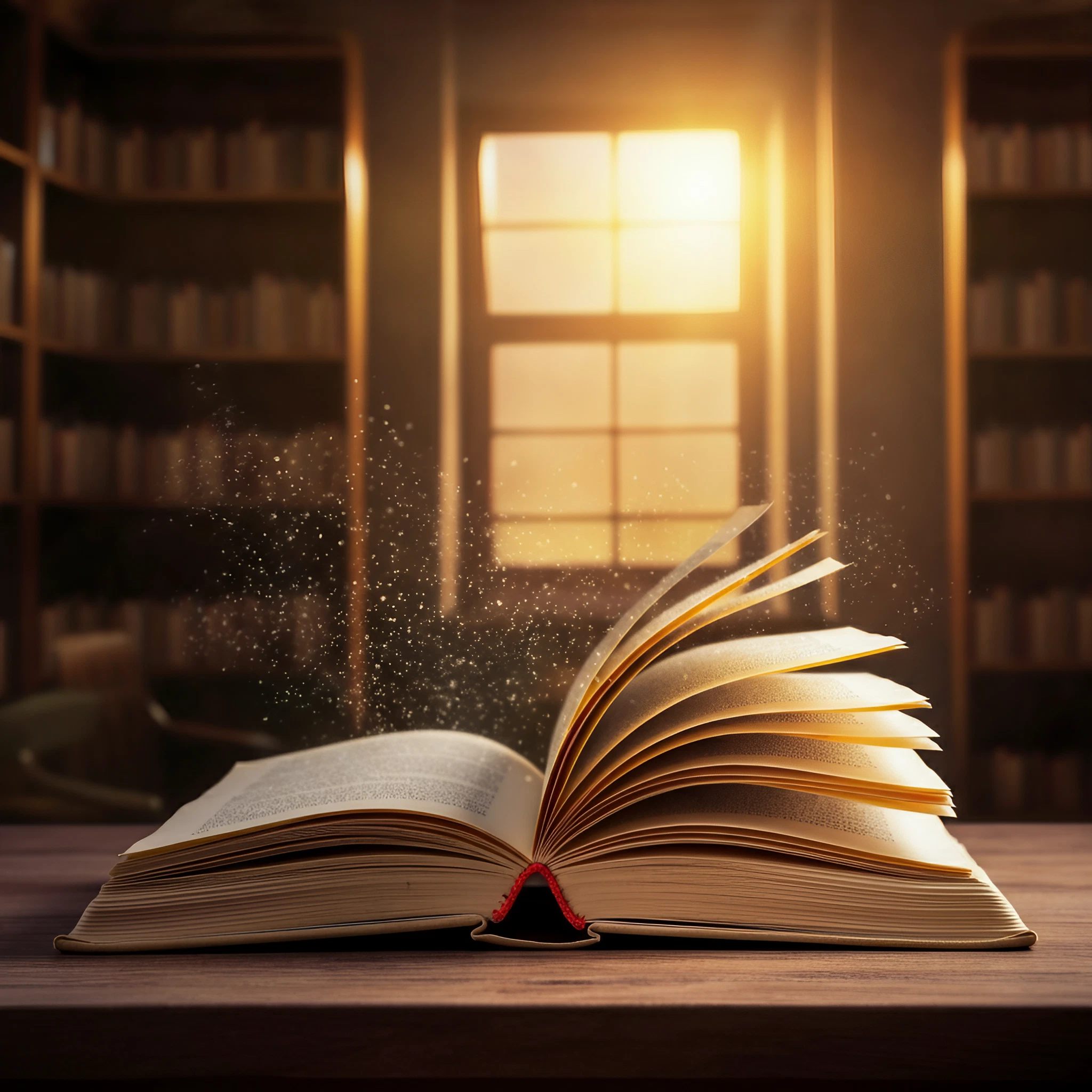Motivation is an essential component of storytelling, one that often determines whether a character and the narrative at large resonate with readers. It fuels the actions of characters, drives the plot forward, and helps readers connect with the story on a deeper emotional level. But what exactly is motivation in literature, and why does it matter so much to writers, students, and literature enthusiasts?
This article explores the role of motivation in literature, its different types, and how it shapes stories and characters. Whether you’re analyzing a novel for class, crafting your next big writing project, or simply curious about the intricacies of storytelling, this guide breaks it all down.
What Does “Motivation in Literature” Mean?
Motivation in literature refers to the reasons behind a character’s actions, decisions, and desires. Simply put, it’s the “why” behind what they do. By revealing a character’s motivation, an author provides depth to their personality and creates a more compelling story.
For example:
- Why does Hamlet delay avenging his father in Shakespeare’s “Hamlet”?: His motivations are rooted in doubt, morality, and internal conflict.
- Why does Jay Gatsby pursue wealth in “The Great Gatsby”?: His desire to rekindle a romance with Daisy fuels his every decision.
Motivation isn’t just a tool for adding interest to characters; it’s the driving force that keeps readers engaged. When characters act on clear motivations, their choices feel logical and relatable, allowing readers to invest emotionally in the story.
Types of Motivation in Literature
- Intrinsic Motivation
This refers to a character’s internal desires and personal goals. It pushes them to act because of their own values, beliefs, or aspirations. For example:
-
-
- Jane Eyre’s decision to leave Mr. Rochester in Jane Eyre stems from her commitment to her moral integrity.
- Atticus Finch defends Tom Robinson in To Kill a Mockingbird because of his strong sense of justice and ethics.
-
- Extrinsic Motivation
Extrinsic motivation comes from external forces such as rewards, social pressures, or fear of punishment. Examples include:
-
-
- Katniss Everdeen entering the Hunger Games to protect her sister in The Hunger Games.
- Pip in Dickens’ Great Expectations striving to improve his social status and win Estella’s approval.
-
These two types often work together in stories, as characters might act based on both internal values and external circumstances.
Why Is Motivation Important in Literature?
Motivation is crucial to literature because it:
- Drives the Plot: A motivated character propels the story forward. Their actions or inactions can create tension, conflict, or resolution.
- Develops Character Depth: Characters with clear motives feel multidimensional and real.
- Creates Relatability: When readers understand a character’s motivations, they can identify with them, even if they wouldn’t make the same choices.
- Supports Themes: Motivations often tie into the story’s overarching messages or themes.
For writers, understanding a character’s motivation is like having a roadmap for the narrative. When motivations are weak or unclear, the story risks feeling inconsistent or hollow.
How to Analyze Motivation in Literature
If you’re a student analyzing a story or a writer developing characters, here’s how to examine motivation effectively:
- Identify the Character’s Goals
Ask what the character wants to achieve. Is it love, revenge, justice, freedom, survival, or something else?
- Understand the Driving Forces
Consider what internal desires or external pressures lead the character toward those goals.
- Examine Their Decisions
Analyze whether their actions align with their established motivations. Are their choices logical based on what drives them?
- Look for Changes Over Time
Motivation can evolve as the story progresses. A character may start with one goal and end with another based on their experiences.
Examples of Motivation in Classic and Modern Literature
- Macbeth by William Shakespeare
-
-
- Motivation: Ambition and the external influence of Lady Macbeth.
- Impact on Plot: His desire for power sets off a tragedy of murder and betrayal.
-
- A Christmas Carol by Charles Dickens
-
-
- Motivation (Early in the Story): Scrooge is motivated by wealth and greed (extrinsic).
- Motivation (End of Story): After self-reflection, he’s motivated by kindness and generosity (intrinsic).
-
- Harry Potter by J.K. Rowling
-
-
- Motivation Across the Series: Harry is primarily driven by his desire to defeat Voldemort and protect his loved ones.
-
These motivations make these characters memorable, allowing readers to see their strengths, flaws, and growth.
How Writers Can Use Motivation Effectively
For aspiring writers, here are some tips to develop strong character motivation:
- Start with the Basics: Identify what your character wants most and why.
- Make it Relatable: Even if the character is in a fantastical setting, their motivation should resonate on a human level.
- Avoid Oversimplification: Complex, conflicting motivations often lead to more compelling characters.
- Embed Motivation in the Narrative: Show, don’t just tell. Reveal motivation through dialogue, actions, and decisions.
Final Thoughts
Character motivation is a core element of storytelling that elevates both classic and modern literature. From driving the plot to building connections between readers and characters, it’s the key to creating impactful narratives.
Whether you’re analyzing motivation in your favorite book or crafting a protagonist for your next novel, understanding “what is motivation in literature” can provide powerful insights into the art of storytelling.
Got any favorite examples of character motivations? Share them in the comments below!








